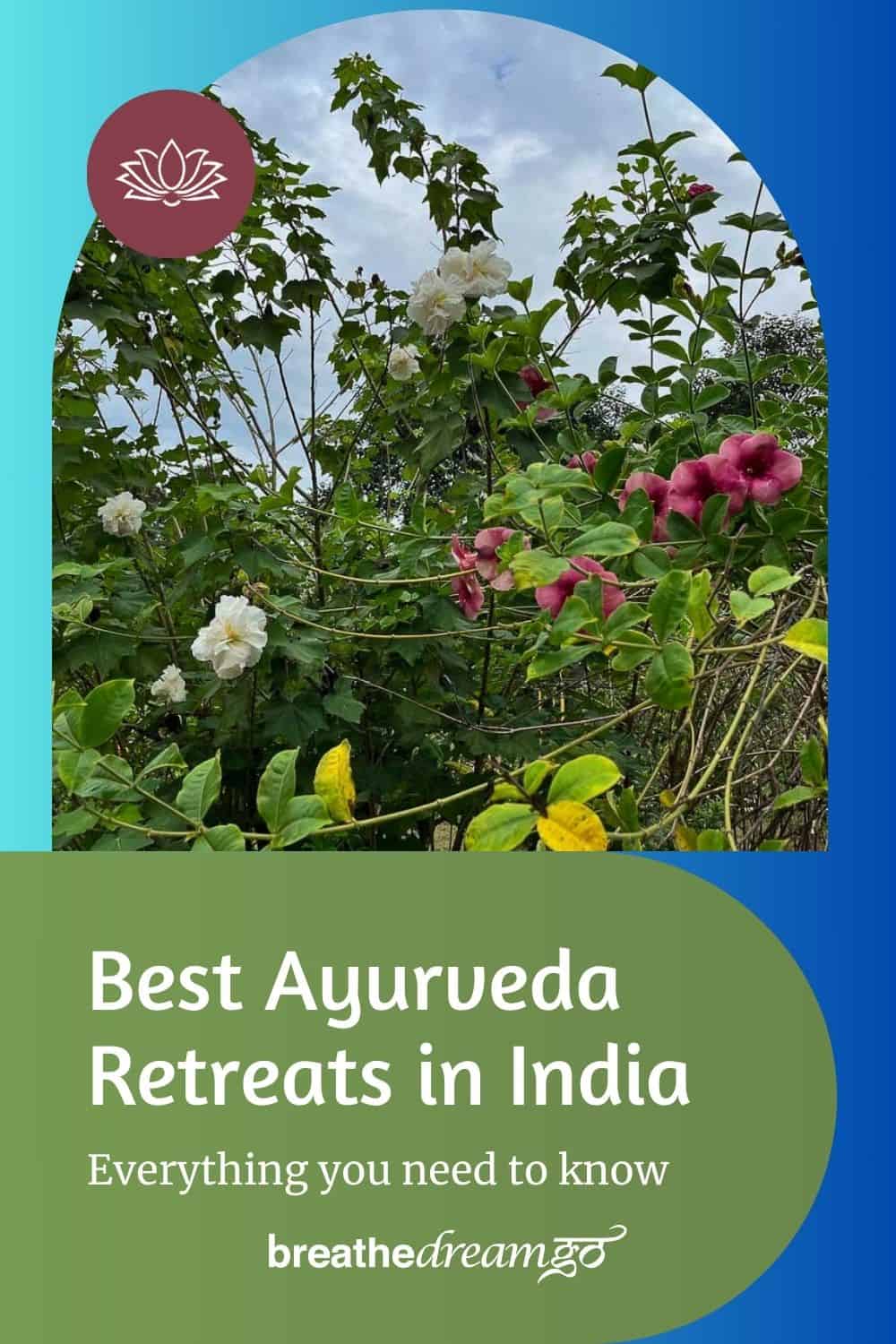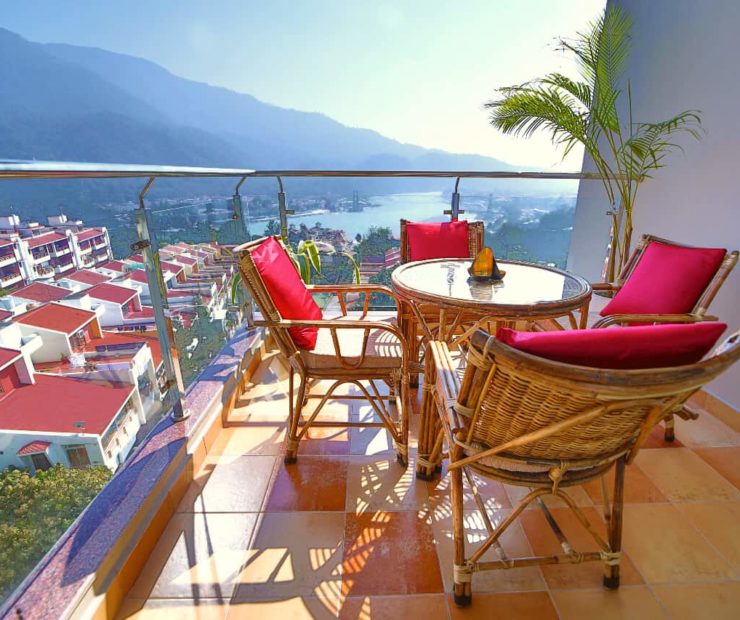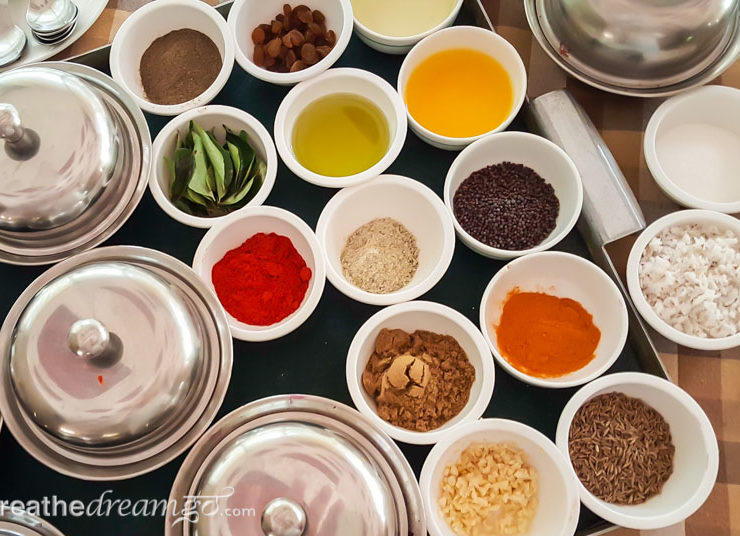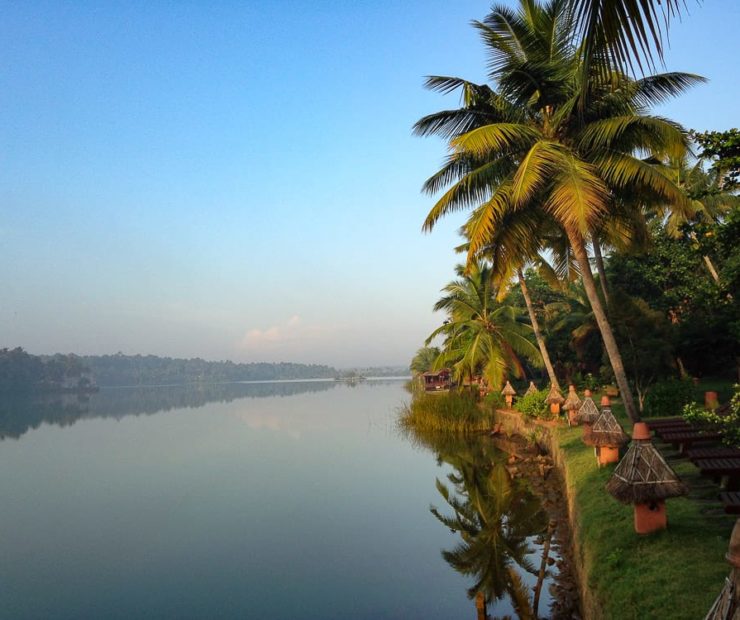Table of Contents
Ayurveda in India
Yoga has been very popular around the world for many years, but recently Ayurveda has been gaining a lot of interest because of its focus on wellness and ability to cure underlying conditions. Ayurveda is a sister science to Yoga, and like Yoga, India is its birthplace. While Yoga addresses the health of the mind, Ayurveda addresses the health of the body. There are many Ayurveda retreats in India, but South India – especially Kerala – is known as the home of Ayurveda.
Ayurveda uses a lot of oils, herbs, and spices that grow plentifully in South India, plus the tropical climate is more suited to Ayurvedic treatments. You can visit an Ayurveda retreat in India at any time of the year, but from November to February, I would recommend only South India because it will be warm (and north India will be chilly). Monsoon is considered a good time for Ayurveda treatments.
What is Ayurveda and panchakarma
Ayurveda is the ancient Indian system of healthcare that’s based on observations of nature, and that seeks to bring your body into a state of wellness and balance using natural remedies. The primary method of Ayurveda treatment is known as panchakarma, a series of treatments that typically take place over two to four weeks.
The literal translation of panchakarma is “five actions” and what that means is they use various ways to clean out your system over a period of two-three weeks or more. Each treatment is tailored specifically to the patient, and intended to bring you back into a state of balance and harmony. When you are well, and in balance, you are much less likely to fall ill.
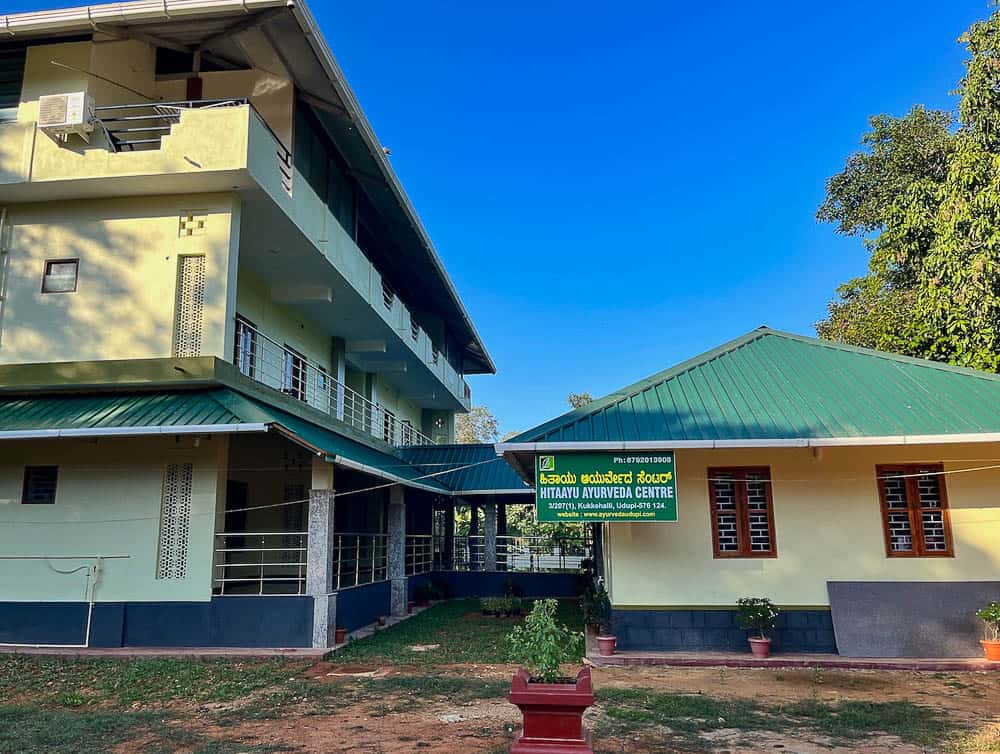
The best Ayurveda retreat in India
There are many options for Ayurveda treatment in India, from luxury resorts on the coast to clinics and hospitals. There are also Ayurveda treatment centres for every budget. Your choice will depend largely on your reasons for seeking an Ayurveda retreat in India. If you want to relax and enjoy a comfortable setting while you seek a health reset, and you have a generous budget, a luxury resort would be a good choice. If you have a more serious health issue, you may want to visit a clinic or hospital.
I have been to many Ayurveda retreats in India, from my very first trip in 2005 when I went to Shinshiva Ayurveda in Kerala. I have been to Kairali in north Kerala and also to an Ayurveda homestay in Rishikesh. Plus, I have toured many Ayurveda resorts such as Manaltheeram and Nirmaaya in Kerala, and places in Varkala, Goa and Rishikesh.
The place I keep returning to again and again is Hitayu Ayurveda Udupi, which is in the small, charming town of Udupi in Karnataka. I have done panchakarma three times at Hitayu, and it has helped me immeasurably with my ongoing thyroid issues. I have hypothyroidism and Hashimoto’s Thyroiditis.
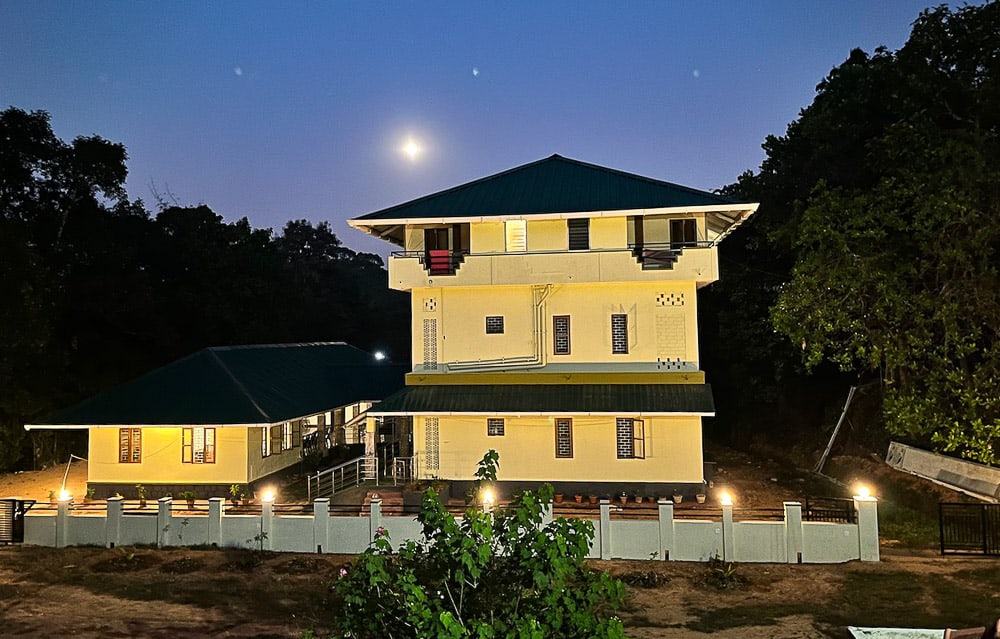
My top 5 reasons for choosing Hitayu Ayurveda Udupi
1. The benefits.I have benefited greatly from the treatment. After panchakarma, my thyroid numbers went back into the normal range, I lost weight (more than 4 kgs / 9 lbs), regained my energy, and my digestion vastly improved.
2. The doctor. Doctor Shivakumar is an exceptional person. Intelligent, caring, dedicated, warm, and most of all, he is a genuine healer.
3. The clinic. Hitayu’s new clinic really hits the sweet spot. It’s both a really great Ayurveda retreat in India, and also a “serious” clinic that treats medical conditions. The rooms are large and very comfortable, the people are warm and caring, the food is simple but good.
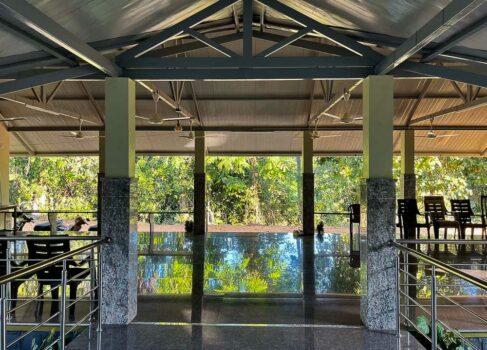
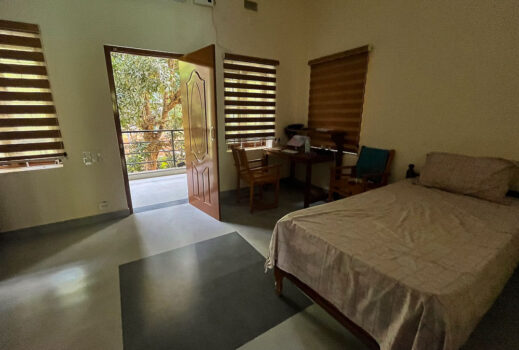
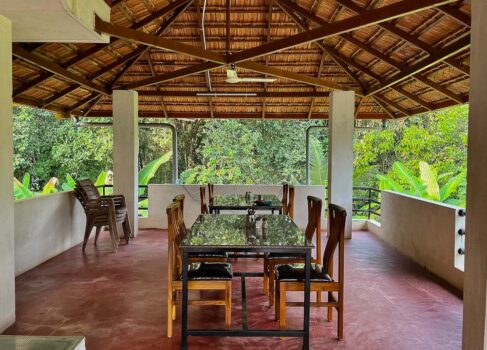
4. The setting. The new Hitayu centre is about 20 kilometres outside of the small, charming town of Udupi, Karnataka in south India. It is surrounded by forest and rural India. I hear crickets and frogs at night, I can see the starry sky, and I wake up to fresh, moist air redolent of nature, an earthy scent that is totally intoxicating.
5. Affordable. Unlike those luxury Ayurveda retreats in India that get a lot of press, Hitayu is much more affordable. Every program is unique and tailored to the individual. There is no way to give an average price but it is well worth reaching out to the doctor to get a quote. But to give you an idea of the cost, a 1-week program, which includes non-AC accommodation, all meals, and all Ayurvedic treatments is approximately $500 USD for a single room. Sharing a room will reduce the cost. The only extra cost is medicines, which could be about $50 to $100 USD in total.
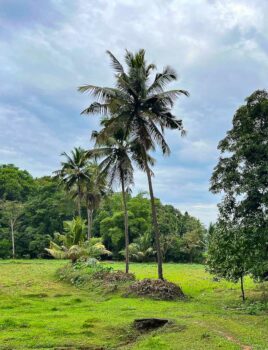
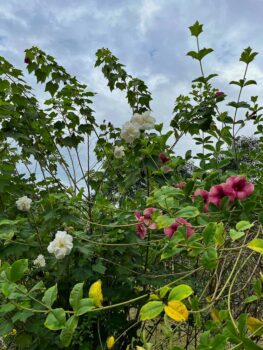
Regaining your natural rhythms
A stay at Hitayu Ayurveda Udupi is not just about the treatments, it’s also a place to learn to live a healthier lifestyle. Founder Dr Shivakumar is very focused on education as well as healing, as he knows that living a healthy lifestyle underpins the maintenance of good health.
One of the main principles he models and teaches at Hitayu Ayurveda Udupi is following your natural rhythms, otherwise known as circadian rhythms. And this certainly resonated for me.
I was driven to panchakarma because I have not been well since the pandemic. During the pandemic, I stopped following my normally healthy lifestyle. I ate too much and often for self-comfort, I didn’t move as much, and I felt very stiff and stagnant.
As a consequence, my thyroid was sluggish, and so was my digestion, with lots of negative consequences: gas, bloating, indigestion, fatigue, weight gain, foggy brain, low energy.
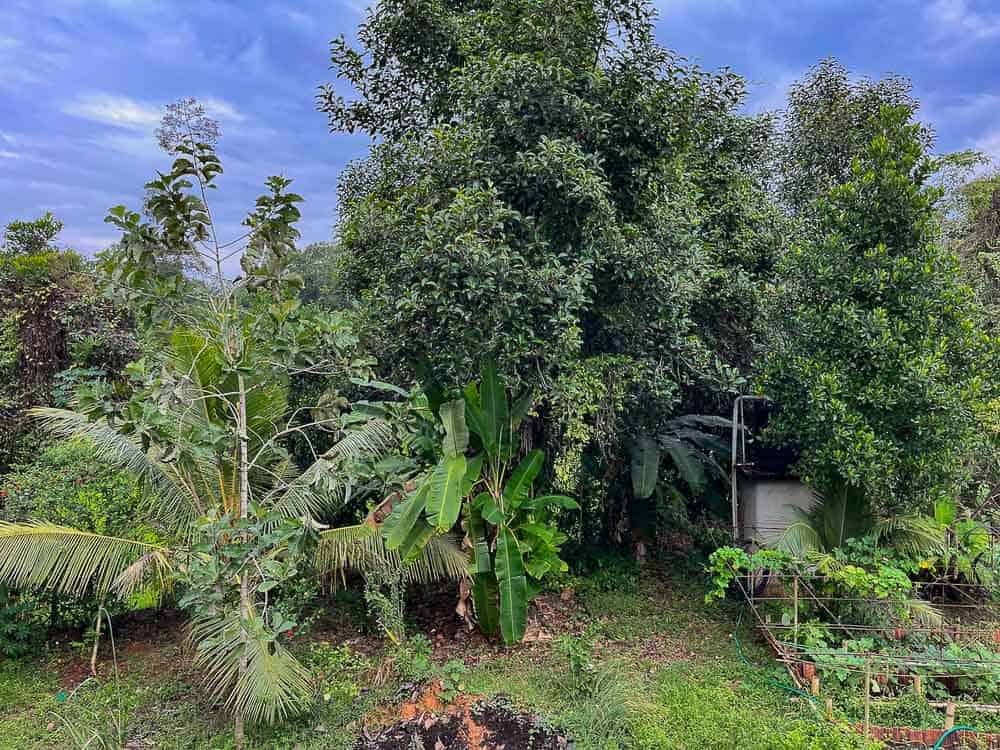
The benefits of panchakarma
I found Ayurvedic treatment – panchakarma – to be extremely beneficial for resetting my metabolism and kick-starting my digestion. I lost at least 4 kgs (9 lbs), I feel more energetic, and my appetite and digestion are much better.
More importantly, thanks to long talks with the doctor, I understand why I was feeling lousy and what to do about it. How and when you eat are as important as what you eat — maybe more. You need to ensure you are kindling a fire in your belly so that your system burns your food and doesn’t leave toxins behind.
How do you do it? By eating only when you are hungry! The doctor teaches a program based on eating just two meals a day and giving your system at least 14 hours of rest per day. This concept is explained in this this video below.
How optimizing circadian rhythms can increase healthy years
A TedxBoston Talk with Satchin Panda.
According to Dr Shivakumar, healing has three phases:
- Food: Aahara
- Lifestyle: Vihara
- Medicine: Aashadha
But it’s best to live without medicine and treatments. He says, “Living with the right food AND lifestyle together leads to health. When and what and how you are eating are all important (and how much). People are unique and one answer / approach does not fit all.” In Ayurveda, everything is tailored to the individual, from the treatments, to the diet, to lifestyle choices.
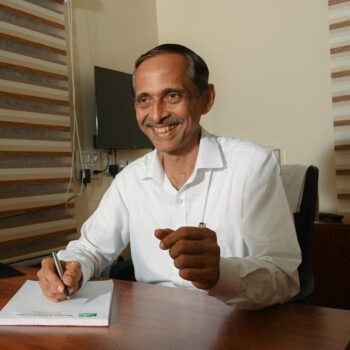
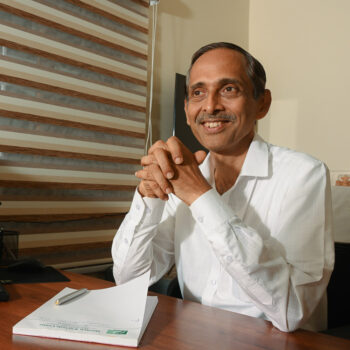
Interview with Dr Shivakumar of Hitayu
Dr. M.B. Shivakumar M.D (Ayu) is an ayurvedic physician, who did his graduation in Ayurveda from the Government College of Indian Medicine, Mysore and did his post graduation in Ayurveda from Gujarat Ayurveda University, Jamnagar. He was trained in Kottakkal Arya Vaidya Sala in 1994 and later served as Lecture in S.D.M. Ayurveda College & Hospital. Later he joined Muniyal Ayurveda Institute Of Ayurveda Medical sciences as Head of the department of Panchakarma and taught Panchakarma Therapy to the undergraduates. In December 2005, he established Hitayu Ayurveda and Yoga Centre to serve the mankind through Ayurvedic and Yoga.
When did you start Hitayu and what does the name mean?
We started in 2005 in Udupi. Hitayu means living the full span without the need for any medications or hospital admission. Hita means wellness. Ayu means the full life span. So, wellness throughout the lifespan.
What is the purpose of Hitayu, what were your objectives for starting it?
The purpose of Hitayu is to spread the authentic knowledge of Ayurveda and use traditional treatments for healing chronic health issues. Hitayu is a place where you can focus on yourself, listen to your body, and learn to follow your natural rhythms.
What is Ayurveda and what does it offer people?
Ayurveda is an ancient science of natural healing from India. It is a knowledge of natural wellness. The principles behind it can be found in indigenous systems of healing around the world.
Ayurveda can offer two primary things:
- One: It can help you maintain your health over your life span.
- Two: If you are unwell, it can bring you back to a state of health.
Unlike allopathic medicine, Ayurveda addresses lifestyle issues and focuses on healing and prevention. Rather than just treating the symptoms of a disease, Ayurveda aims to cure the underlying cause.
What do people need to know about Ayurveda and Ayurvedic treatment?
Before you undertake Ayurveda treatment, you should be ready to change your diet and lifestyle, if needed. An Ayurveda retreat in India is not a spa. You need to be prepared for some treatments and natural medicines that can be unpleasant to experience and / or taste. Please understand that healing is a process that requires dedication. You may need to commit to a two-three weeks treatment program and a lengthy followup, for best results.
What is panchakarma? How long do you need to stay at Hitayu to do panchakarma?
Panchakarma means five actions in Sanskrit. There are five special therapies to cleanse the body and speed up the healing process. A panchakarma program can include some or all of these therapies:
- Nasya (nasal cleansing)
- Niruha Basti (medicated enema for colon cleansing)
- Taila Basti (medicated oil enema for nourishing)
- Vamana (vomiting)
- Virechana (medicated purging)
In addition to the panchakarma therapies, we may include snehana (internal or external ghee or oil drinking or application) and swedhana (steam bath), as per your treatment plan. You may be lucky enough to be prescribed shirodhara – a treatment where medicated oil or liquid is poured across the forehead) – and most people also get regular abhyanga treatments (oil massage).
You should be prepared to allow three weeks for panchakarma.
What conditions respond well to Ayurveda? Do you have any areas of specialty?
Ayurveda can be used to treat many chronic conditions, such as hormonal imbalance, inflammatory arthritis, degenerative arthritis, migraines, thyroid gland disorders, cervical spondylitis, and lumbar spondylitis, plus chronic viral and bacterial infections, and lifestyle related issues such as gastritis, insomnia, obesity, diabetes, and hypertension. It can also help support women going through menopause.
Migraine and degenerative conditions associated with neck, shoulder, lower back, and knee joints are areas of specialty research and treatment, and we have a very high rate of success.
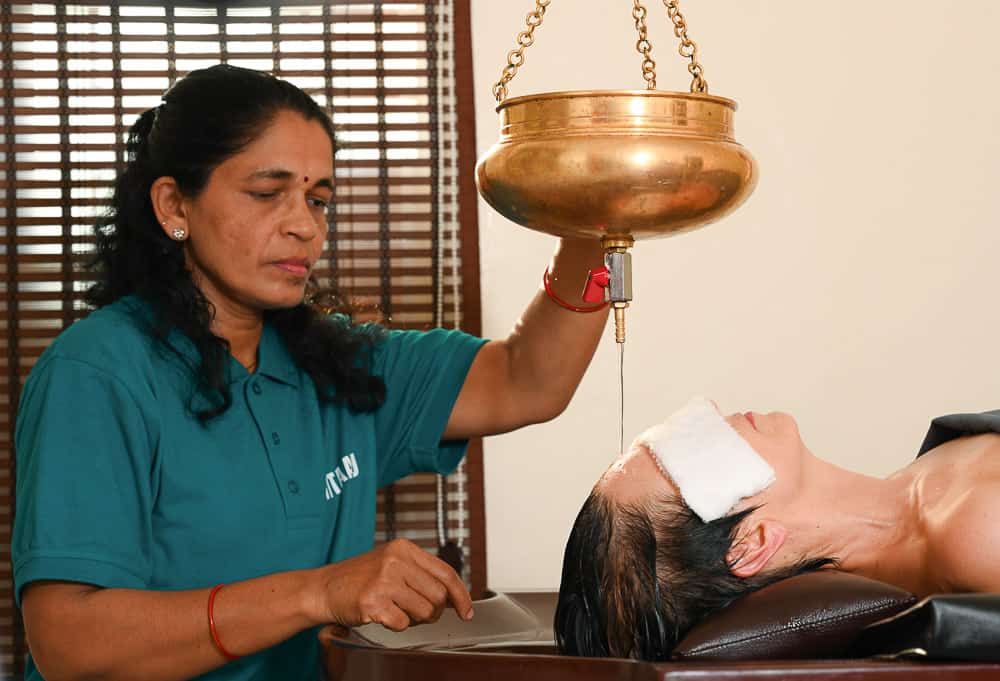
My panchakarma treatment program
Below are the details about my panchakarma program. Every person will have a different program, based on their conditions and constitution. This program was accompanied by taking several natural medicines each day, and a bland, vegetarian diet that often consisted of only kichiri (rice, vegetables and moong dal cooked together).
- December 22: Day 1 – Abhyanga and bashpa sweda
- Day 2 – Abhyanga, shirodhara, and bashpa sweda
- Day 3 – Sunday (day off)
- Day 4 – Shirodhara, udwartana and bashpa sweda
- Day 5 – Snehana: GTG 50ml at 8am (medicated ghee instead of breakfast); Abhyanga, shirodhara, and bashpa sweda
- Day 6 – Snehana: GTG 50ml at 8am (medicated ghee instead of breakfast); Shirodhara, udwartana and bashpa sweda
- Day 7 – Snehana: GTG 50ml at 8am (medicated ghee instead of breakfast); Abhyanga, shirodhara, and bashpa sweda
- Day 8 – Snehana: GTG 50ml at 8am (medicated ghee instead of breakfast); Shirodhara, udwartana and bashpa sweda
- Day 9 – Snehana: GTG 50ml at 8am (medicated ghee instead of breakfast); Abhyanga, shirodhara, and bashpa sweda
- Day 10 – Sunday
- Day 11 – Abhyanga and bashpa sweda followed by virechana (t leha grams). All day fasting.
- Day 12 – no treatments, day off
- Day 13 – Abhyanga and bashpa sweda. Taili basti. Facepack.
- Day 14 – Niruha basti at 12:30. Taili basti and nasya taili at 2:30
- Day 15 – Niruha basti at 12:30. Taili basti and nasya taili at 2:30
- Day 16 – Udwartana, bashpa sweda and Niruha basti at 10:30.
- Day 17 – Sunday
- Day 18 – Abhyanga and bashpa sweda. Niruha basti at 11:30. Taili basti and nasya taili at 2:30
- Day 19 – Abhyanga and bashpa sweda. Taili basti and nasya taili at 2:30
- Day 20 – recovery begins: there is a process of recovery that takes a couple of weeks
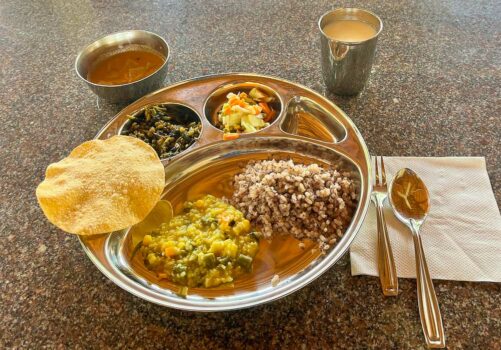
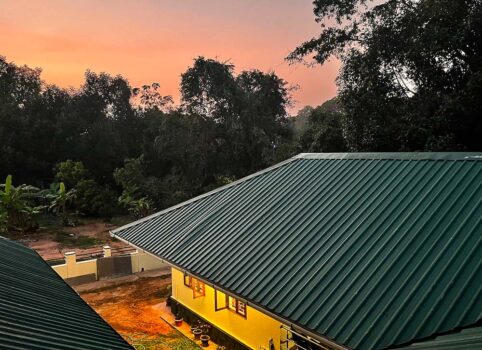
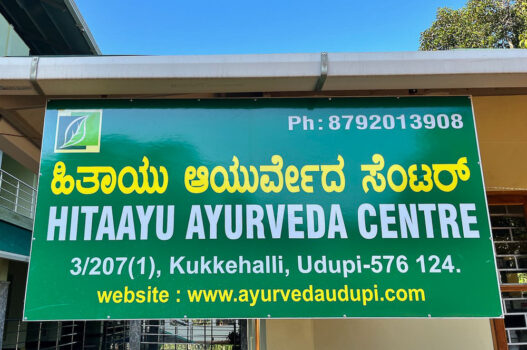
What is it like to undertake panchakarma?
It takes dedication to go through a complete program of panchakarma. It is not easy – in fact, it can be quite gruelling at times. The medicated ghee tastes awful and it can make you nauseous. The virechana day is very trying as you have to fast and you spend the day purging. The basti treatments can be very uncomfortable. The natural medicines don’t taste very good and the food is very bland.
It can also bring up a lot of emotions as you release toxins from your system. So, it’s also potentially an emotional rollercoaster. And when you are done, you still have to be very careful with your diet and lifestyle as you recover and integrate back into your regular life.
However, panchakarma can reset your life and, if you follow the diet and lifestyle prescribed, can lead to a very healthy life indeed. It is recommended to do it every year, as a tune up. I will be going back to Hitayu Ayurveda Udupi for sure!
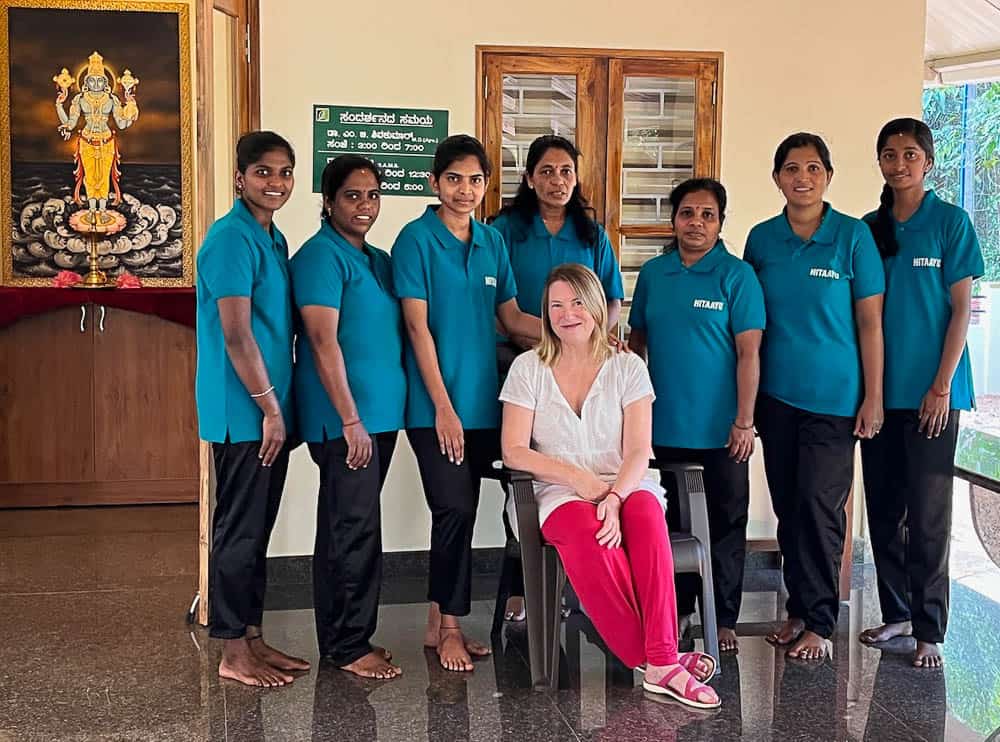
What to pack for panchakarma
Here’s what helped support my panchakarma journey:
- Small thermos and reusable water bottle
- Flip flops
- Mild soap and an extra towel
- One, two or three light cotton dresses or robes
- Cotton buds
- Feminine hygiene pads
- Toilet paper and tissues
- Laundry leaves or powder
- Books to read
Contact Hitayu Ayurveda Udupi
Thanks so much to Dr Shivakumar, to my therapists Sunitha & Divya, Malati & Nikshita, Usha & Vismita, and to Madhusoodan & Sujata for providing delicious, healthy food and many personal touches as well (thanks for ginger tea everyday!).
To contact Hitayu Ayurveda Udupi, email: ayurvedaudupi@gmail.com
If you enjoyed this post, you can.
Sign up for Dispatches in the sidebar and follow Breathedreamgo on all social media platforms including Instagram, Facebook, Pinterest, and Twitter. Thank you!


